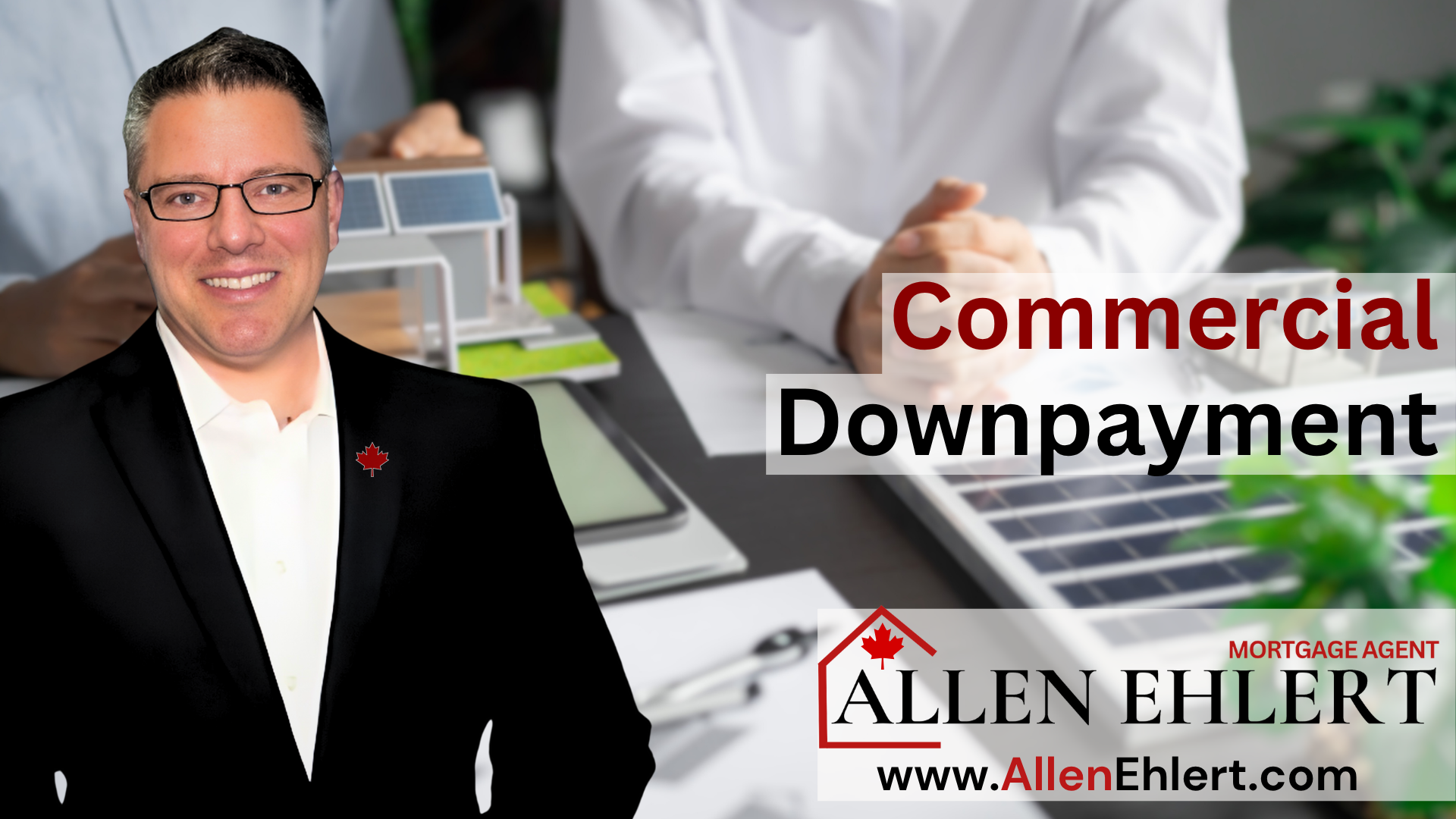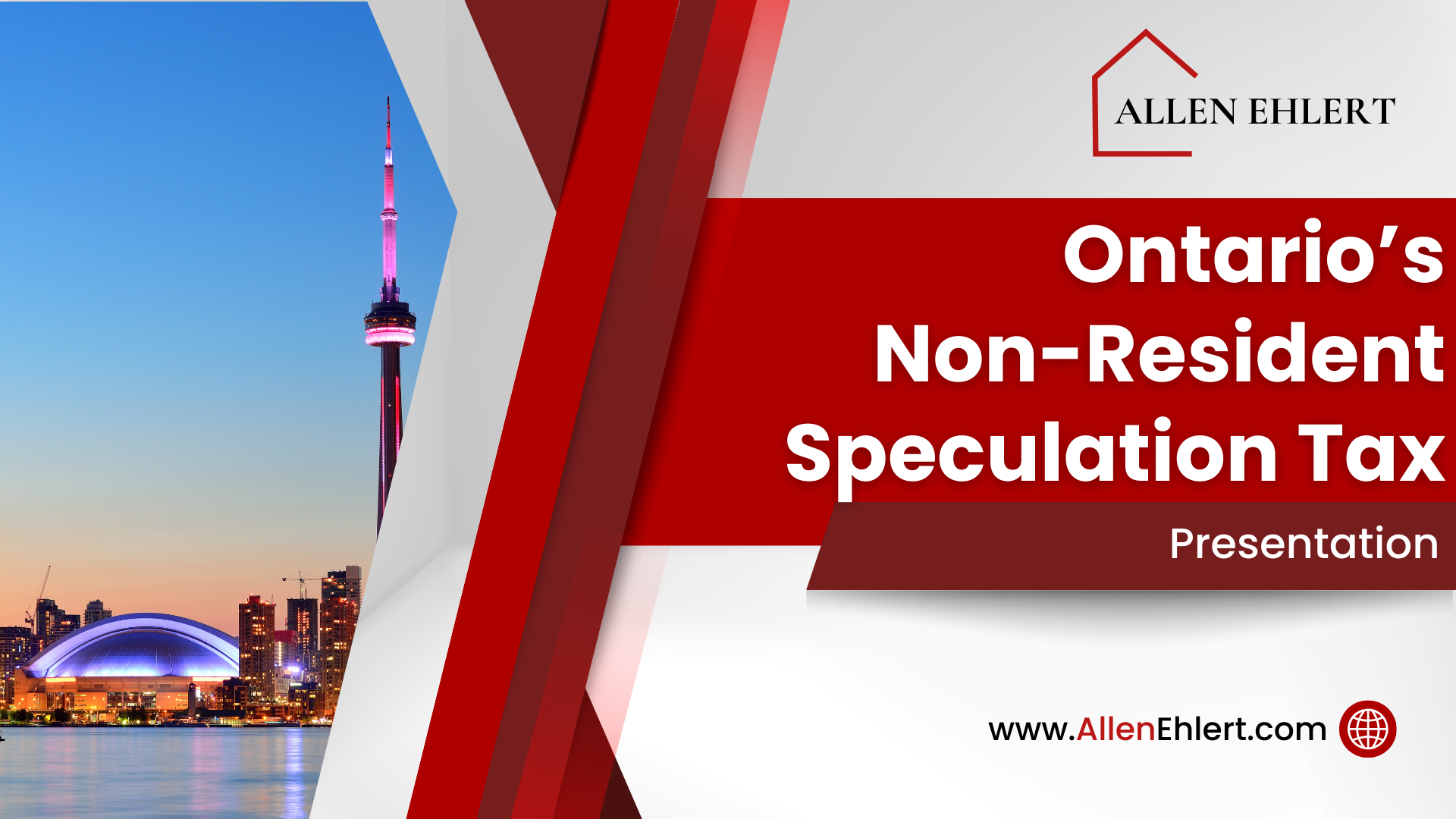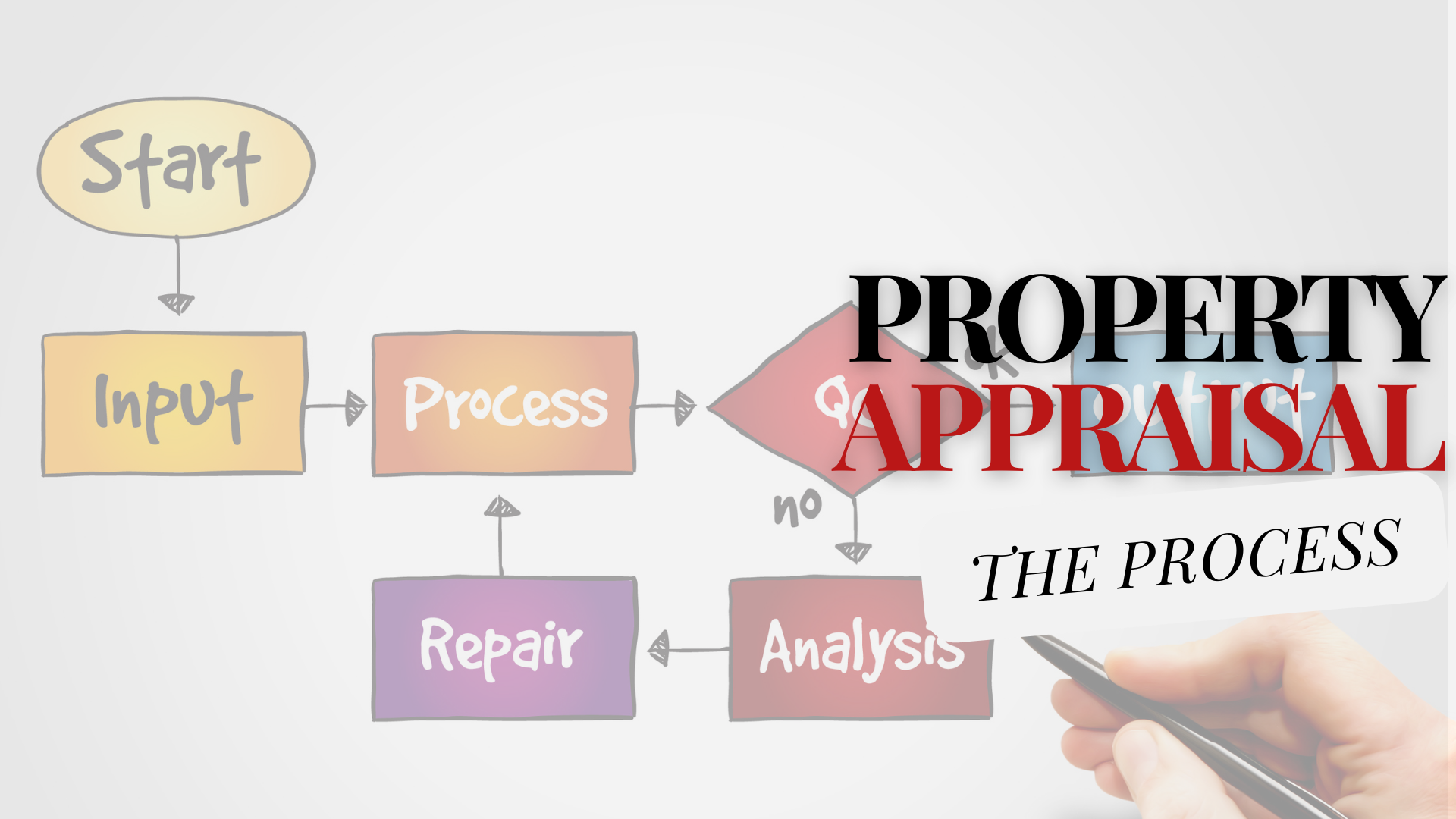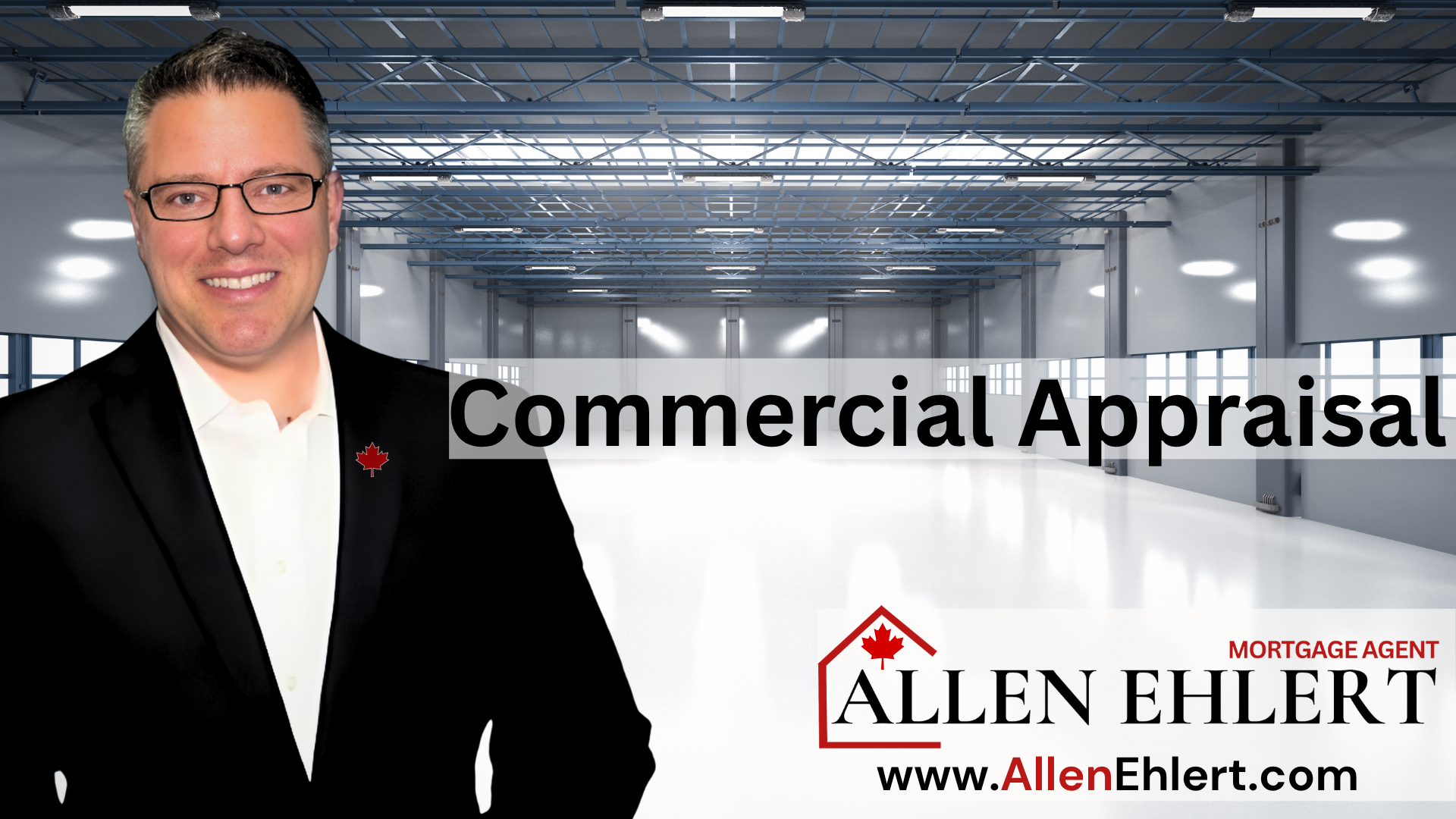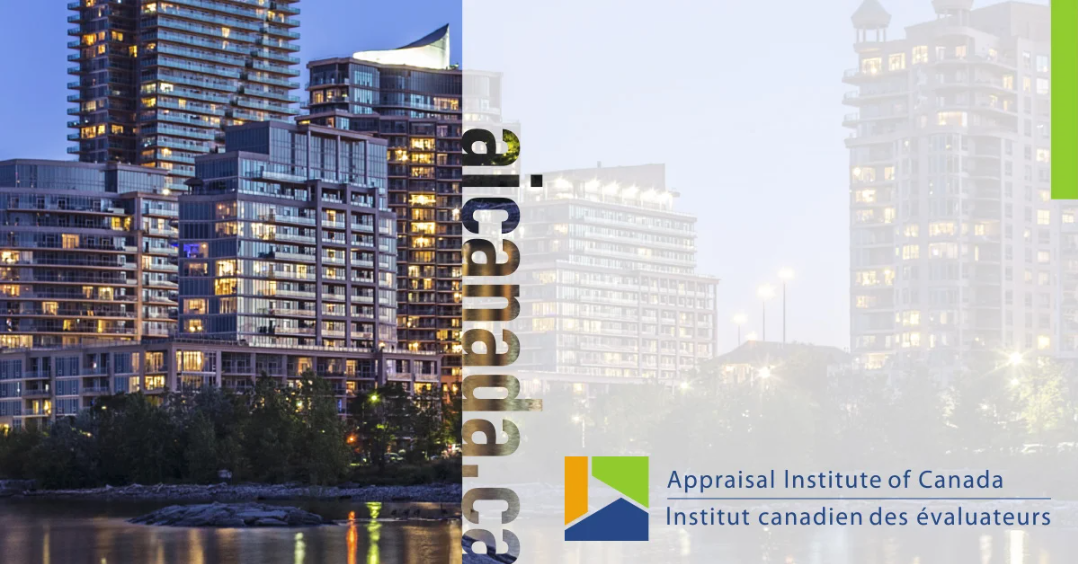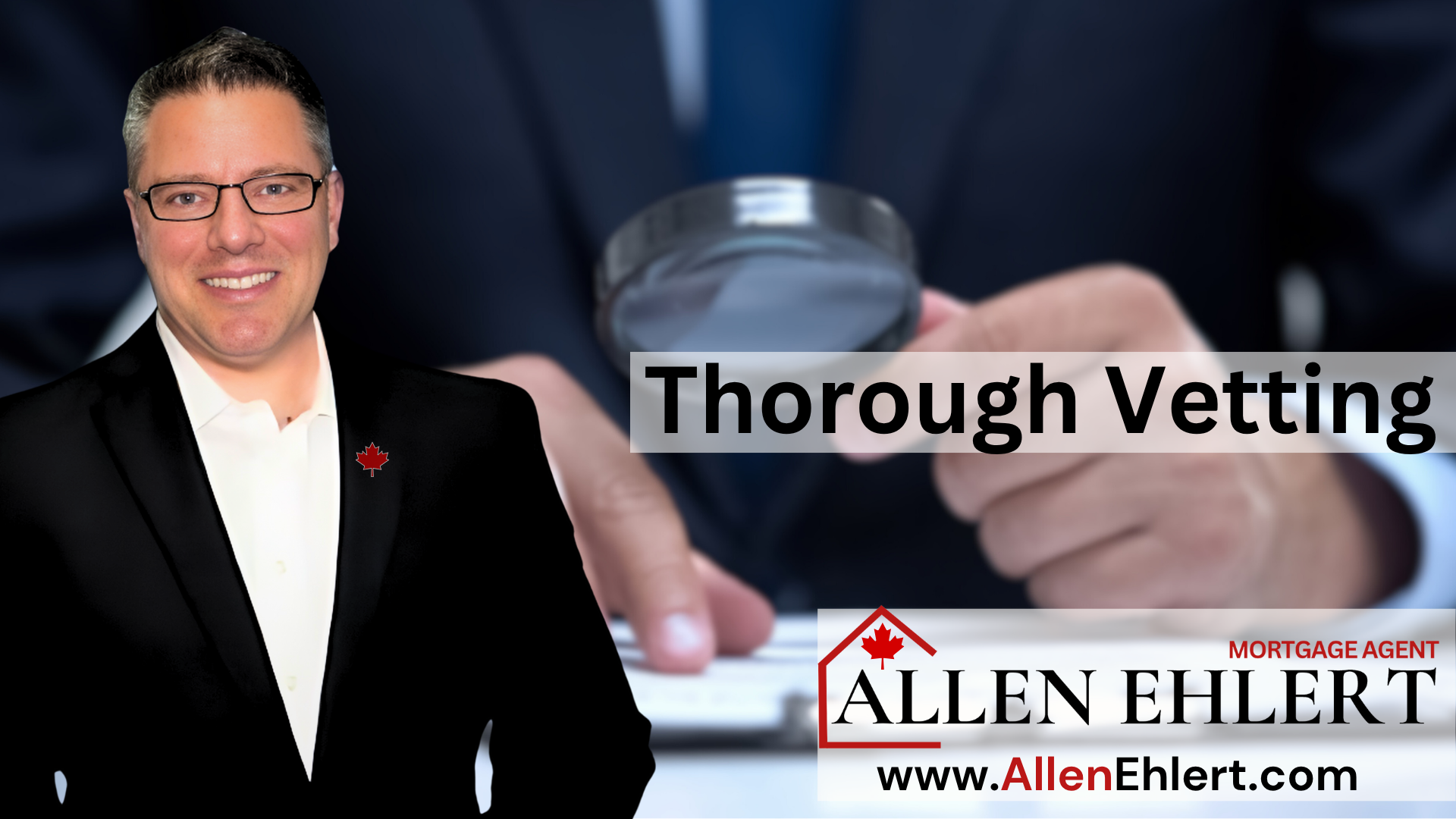… How Much Cash Do You Really Need to Play the Game?
If you’ve been looking at commercial real estate and wondering how much you’ll need to bring to the table, you’re asking the right question. Unlike residential mortgages where you can sometimes squeak by with 5% down, commercial lending is a whole different kettle of fish. Lenders expect you to show up with serious skin in the game.
Why? Because commercial properties — whether it’s a plaza, warehouse, apartment building, or office — are considered higher risk. Lenders want to know you’re financially invested enough not to walk away if things get bumpy. The good news? Once you understand the expectations, you can plan for it and structure your financing in a way that makes sense for your goals (and your wallet).
Let’s break down what’s typical, what impacts the down payment requirement, and how you can set yourself up for success.
What I’m Covering:
What’s the Typical Down Payment for a Commercial Mortgage?
What Factors Influence the Down Payment?
How to Structure Your Financing Strategically
Creative Ways to Boost Your Down Payment
How You Can Put This Knowledge to Work
What’s the Typical Down Payment for a Commercial Mortgage?
Here’s the straight goods:
- Most commercial lenders in Canada want 25% to 35% down — sometimes even more depending on the deal.
- If the property is riskier (vacancies, oddball location, specialized use), you’re leaning towards the higher end.
- Prime properties (think AAA tenants, strong location, stable cash flow) might slide in closer to 25%.
CMHC-insured multi-family residential properties (5+ units) are the exception — they can allow for as little as 15% down, but the process is more complex, and insurance fees apply.
If you’re budgeting less than 25% down for commercial, you’re probably setting yourself up for a tough conversation with lenders.
What Factors Influence the Down Payment?
Not all properties — or borrowers — are treated the same. Here’s what lenders look at when deciding how much skin you need in the game:
Property Type:
- A fully leased multi-family? Lower down.
- A speculative industrial unit? Higher down.
Location:
- Strong urban centres typically mean lower down payments.
- Rural or tertiary markets require more cash upfront.
Stability of Income:
- Long-term leases, solid tenants, and strong cash flow = less risk for the lender, less cash needed from you.
- Vacancies, short-term leases, or weak tenants? They’ll want a bigger buffer.
Your Strength as a Borrower:
- Net worth, liquidity, experience, and credit all play into it. Strong borrowers get more favourable terms.
Loan-to-Value (LTV) Tolerance of the Lender:
- Some lenders max out at 65% LTV; others might stretch to 75% for the right deal.
How to Structure Your Financing Strategically
Once you know how much down you’ll need, the next step is figuring out how to position your deal to make the most of your cash.
Be Transparent About Your Capital
Lenders hate surprises. Show them where your down payment is coming from — savings, business profits, liquid assets — and be ready to back it up with documentation.
Consider Staging Your Financing
Some deals start with private or MIC financing (higher down, higher rates) to stabilize a property before refinancing into a bank loan at better terms later.
Explore Blended Financing
Some lenders allow a mix of senior debt and mezzanine financing — it’s more complex but can reduce your upfront capital needs while still getting the deal done.
Creative Ways to Boost Your Down Payment
Sometimes people come up a little short on their ideal down payment. If that’s you, here are a few options to consider:
Partnering Up
Joint ventures can allow you to pool resources and tackle larger deals with less individual capital.
Leveraging Other Assets
Equity in other properties can sometimes be tapped through refinancing or lines of credit to fund your down payment.
Vendor Take-Back (VTB) Mortgages
In some cases, the seller might hold a second mortgage to help bridge the gap. Not common, but worth exploring in the right scenario.
Corporate Reserves or Business Cash
If this property ties into your operating company, leveraging retained earnings is a common strategy.
How You Can Put This Knowledge to Work
Let’s say you’re buying a $2 million retail plaza. The lender requires 30% down — that’s $600,000. You could:
- Pull from personal savings and business reserves
- Bring in a JV partner to split the capital
- Refinance another property to access equity
- Negotiate a small VTB with the seller to reduce your immediate cash requirement
Or, you’re buying a 10-unit apartment building with CMHC insurance. You might only need 15% down, but you’ll need to budget for environmental reports, appraisals, and CMHC fees upfront.
Knowing these numbers upfront helps you plan, budget, and negotiate from a position of strength.
Allen’s Final Thoughts
When it comes to commercial real estate, the down payment isn’t just a number — it’s a reflection of how serious you are about the deal. Lenders want to see commitment, stability, and the financial strength to weather any storms.
The more you understand the expectations (and plan for them), the smoother your financing journey will be. And trust me, a well-prepared borrower gets better terms, faster approvals, and a whole lot less stress.
And this is exactly where having the right mortgage agent (that’s me) makes all the difference.
How I Can Help
As your mortgage agent, I help you figure out exactly how much you’ll need to bring to the table and how to structure your financing for maximum flexibility and success.
Here’s how I help:
- Assess your deal upfront to determine realistic down payment expectations
- Explore financing strategies to reduce capital strain
- Connect you with lenders who align with your goals
- Organize your application to highlight your strengths
- Negotiate terms that protect your cash flow and future opportunities
Whether you’re gearing up for your first commercial purchase or adding to your growing portfolio, I’m here to help you make the financing part clear, simple, and strategic.
Let’s talk about your next move — and how to get it done right.



